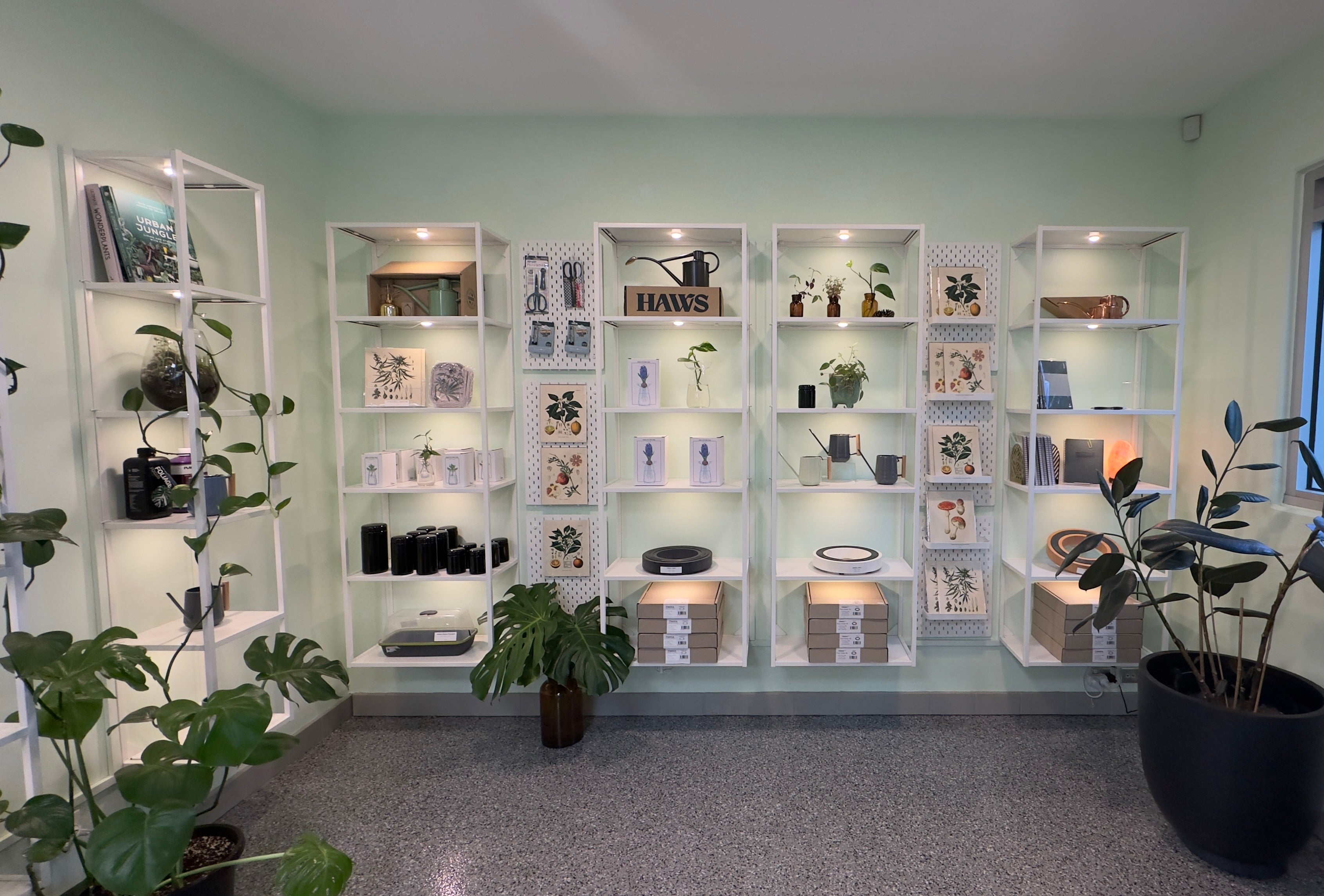Breeding is lots of fun and if you’ve been growing for a while you would have encountered some amazing genetics and some, well, not so good ones. The name of the game has always been find that one plant that has strong and desirable traits so the flower quality and consistency is maintained for future crops.
Some genetics are worth buying no matter what, but the majority are undesirable in my honest opinion, so why not breed your own?
In the bullet point list below are the population types as by-products of hybridization.
Divergent crosses
A divergent cross is a cross in which all parents involved are bred with another parent with desirable traits, this way when the cross enters the F2 generation there are more positive/ desirable traits that will occur in much greater numbers within that generation.
- Single Cross
- Double Cross
- Three-way Cross
- Diallel Cross
Single Cross
Traditionally, a single cross involves (you guessed it) a mother and a father, the recombinants of these varieties results in an F1 generation that consists of 2 genotypes.
A x B
>>> AB
>>> 50:50
Double Cross
A double cross is a crossing of two separate offspring {[(AxB)]x[(CxD)]} can take a longer period to achieve but genetically achieve a broader base of traits. Lower recombination frequency found in the F2.
A x B C x D
>>> AB x CD<<<
|
ABCD
>>> 25:25:25:25
Three-Way Cross
A three-way cross is when a breeder wants to achieve an elite germplasm giving more desirable traits, increased parental diversity, the purpose is to ensure that negative traits do not surface in future recombinants, the third parent used in this cross is the most important since it contributes more genes to the recombinant than each of the A/B parents.
A x B
>>> AB x C
>>> ABC
>>> 25:25:50
Convergent Crosses
The purpose of convergence in breeding is to incorporate a specific trait without loss of the existing desirable traits. One or several parents serve as the donor for specific traits, usually the donor is only used to take the recombinant to F1, all future crosses of the F1 would be pollinated using one of the recurrent parents (usually Male) and repeatedly bred with the F1 offspring in order to retrieve all desirable traits from all parents originally used. This is commonly known as a backcross (BC) and the most common of convergent crosses.
Backcross
In the backcross below we can see that the first cross results in a new generation, the F1. It is then, we use the ‘recurrent’ parent (male) to pollinate the most desirable F1, as the backcrossing continues the proportion of plants in each cross increase the number of desirable genes. So, the first BC results in 50% of the progeny having half of the desirable traits, the 2nd BC results in 75% of the recombinants having desirable genes, the 3rd cross 87.5%. n is the number subsequent entries.
A x B
1st BC >>>F1 x B
2nd BC >>>BC1 F1 x B
3rd BC >>>BC2 F1 x B
>>>BCnF1 x B
This information although confusing is still quite entry level, the most important thing here is the basic understand of each cross, from here we can raise a conversation. Let me know what you think? Happy to go further or answer any questions if needed.
References:
Acquaah 2nd, 2012 Principles of plant breeding and genetics, ISBN 978-0-470-66476-6




